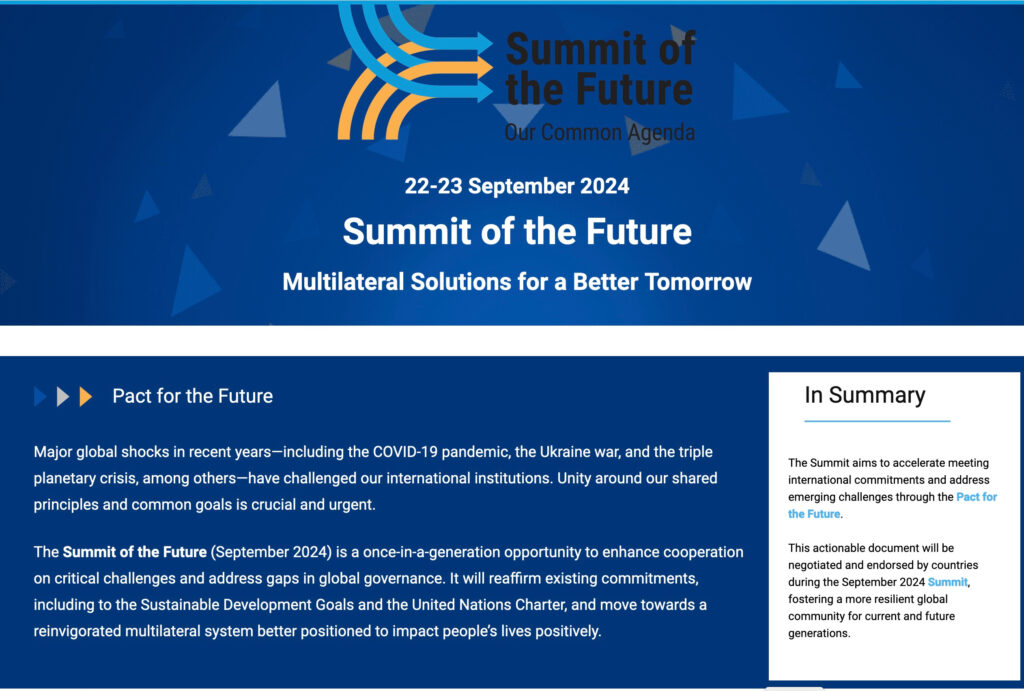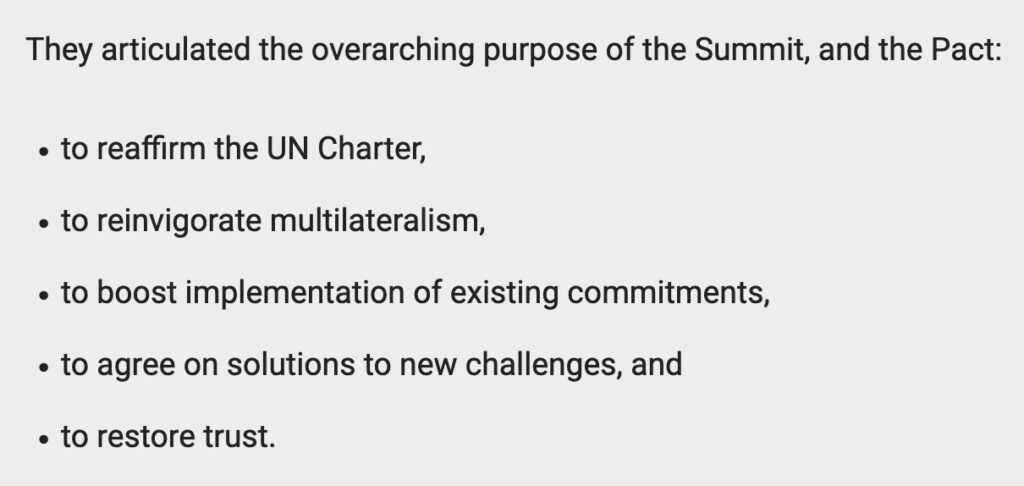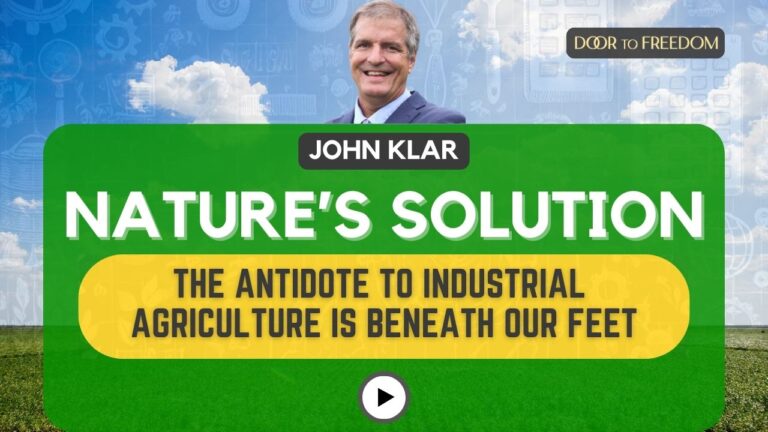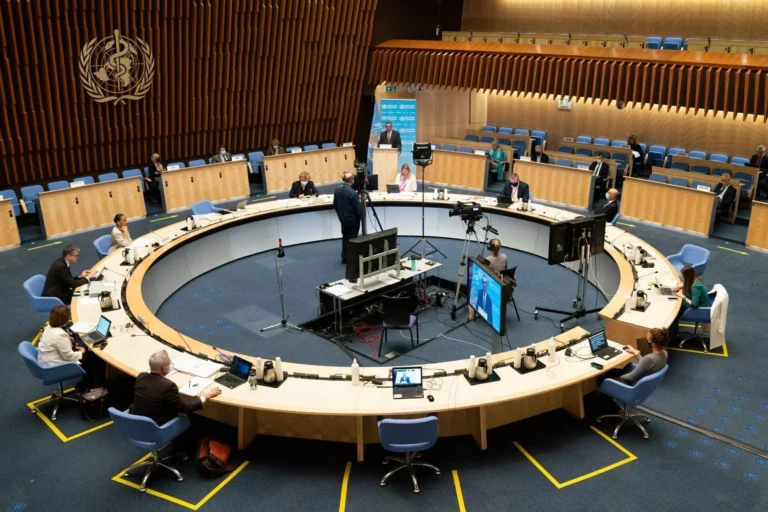Examining 3 examples of the UN’s linguistic somersaults, and I speculate on the next two weeks at the UN General Assembly
As I said to a commenter earlier today, I think this Pact is intended to be a puzzle piece in a mosaic of treaties and other documents that together the globalists will claim impose commitments of many types. That is not very clear, and because the legal implications of the Pact (and its two annexes, one of which I wrote about earlier) is a hugely important question, I will explain what I mean below.
Professor Francis Boyle notes that the term “Pact” can certainly denote a UN treaty. (In the WHO Constitution, the terminology for what treaties can be named is limited, and pact was not included. But the UN is different.)
Listen to how the event is described by one of many UN agencies. All are careful not to specify what the Pact actually is, but we can read between the lines after looking at how different agencies characterize it, particularly since they refer to multiple other treaties:
What is the Summit of the Future?
Experience the Summit of the Future: A Gathering of Global Leaders Shaping Tomorrow
The Summit of the Future is a pivotal gathering uniting leaders from across the globe to redefine our path towards a brighter present and a more secure tomorrow.
This unparalleled occasion presents an opportunity to rebuild trust and showcase the power of international collaboration in addressing both current and emerging challenges.
Building upon established frameworks such as the UN Charter, the Universal Declaration of Human Rights, the 2030 Agenda, the Paris Agreement, and the Addis Ababa Action Agenda, the Summit of the Future delves into the practical strategies for achieving our shared aspirations.
Join us as we explore the “how” of enhanced cooperation, ensuring our ability to meet present demands while effectively preparing for the future’s uncertainties.

Note the wording “actionable document” to “be negotiated and endorsed,” in very small print.

From another UN agency, UNESCO:
The Summit aims to enhance cooperation on critical challenges and address gaps in global governance, reaffirm existing commitments – including to the Sustainable Development Goals (SDGs) and the United Nations Charter – and move towards a reinvigorated multilateral system that can effectively tackle the challenges of today and tomorrow for the sake of humanity. An action-oriented outcome document, the Pact for the Future, is currently being negotiated by Member States through a detailed intergovernmental process.
From the Council of Europe:
As an outcome from the Summit, the UN Member States will agree on an action-oriented outcome document called Pact for the Future, which will unite the global community around an international system that is better prepared to manage current and future challenges.
Bearing in mind that the current and future global challenges can only be addressed by harnessing the power of local and regional governments as the level closest to citizens, the Congress calls on member States of the Council of Europe to support the role or local and regional authorities in delivering the global agendas for sustainable development, including the Pact for the Future, and invites the relevant parties involved in the above process to take note of this recommendation
From the World Future Council:

Take note that 3 organizations used the same terminology: “action-oriented outcome document,” and the fourth used the nearly identical phrase “actionable document.”
That tells us they were instructed to use this phrase, instead of providing a clear statement regarding the actual legal nature of the document. This is an important example of how the UN attempts to deceive. UN officials intend to use this document like a treaty, to tighten UN demands on nations, but choose to dance around that fact, possibly to confuse the plebeians who dare try to decipher their abstruse meanderings.
Last September, the UN General Assembly was asked to give consensus to a document that supported the WHO’s agenda. Eleven countries refused to go along.
The UN then pretended there was general agreement, and the document was signed by the President of the General Assembly. He was only representing himself, but the publicity (both the WHO and UN used the document to generate support for the 2 WHO treaties) implied general agreement.
Below I theorize about what might happen.
- Knowing how the UN handled the lack of consensus last year, by covering it up;
- Knowing how Tedros flew to Slovakia to influence its leader and stop him from breaking consensus at the WHO;
- Knowing how the same leader was shot and nearly died several days later;
- Knowing how the WHO outright lied about what was in its 2 treaties;
- Seeing the double-talk and sophistry of the 3d Pact for the Future draft:
I anticipate that some countries will refuse to go along next week, while I further anticipate that the UN will pretend it has achieved consensus. And continue moving forward with its agenda.
I think the main effort of this meeting is to put pressure on nations to comply with earlier agreements like the Paris and Kyoto accords, to claim agreement for speeding up the reduction of emissions and takeover of land, to get a bare bones Biosecurity Agenda agreed, and if they can swing it, get agreement for a new financial architecture (which I wrote about a year ago, see the Our Common Agenda Policy documents) and an emergency platform. I think lots of countries will refuse these last two, but you never know.
If the UN succeeds with any of a) the emergency platform and giving the S-G unprecedented powers, b) the new financial architecture, or c) its bare bones agreement for the biosecurity agenda, I expect the globalists will feel like they hit a home run. If not, they will just keep chipping away, until the 193 member states finally have had enough and leave these captured organizations.








